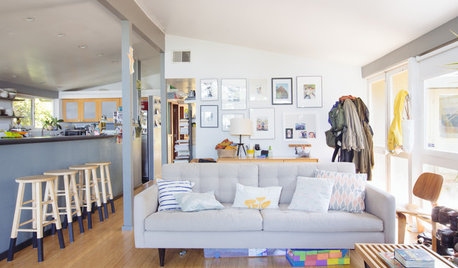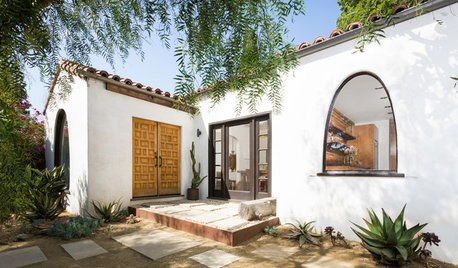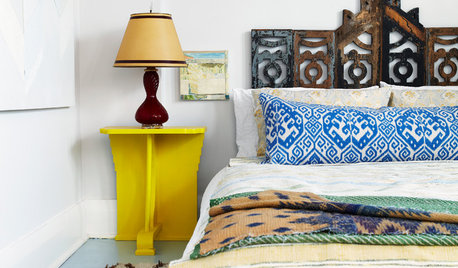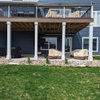Suggestions for a DIY 'landscaping' renovation
jplee3
12 years ago
Related Stories

LANDSCAPE DESIGN6 Suggestions for Harmonious Hardscaping
Help a sidewalk, driveway or path flow with your garden design, for a cohesive and pleasing look
Full Story
HOUZZ TOURSHouzz Tour: Nature Suggests a Toronto Home’s Palette
Birch forests and rocks inspire the colors and materials of a Canadian designer’s townhouse space
Full Story
GREEN BUILDINGEfficient Architecture Suggests a New Future for Design
Homes that pay attention to efficient construction, square footage and finishes are paving the way for fresh aesthetic potential
Full Story
GARDENING GUIDESField Trip: Gather Ideas on a DIY Garden Tour
Get inspired by one gardener's local tour, then check out her suggestions for unofficial tours of your own
Full Story
GARDENING AND LANDSCAPINGRenovation Detail: The Ribbon Driveway
Grass paired with concrete for the driveway is more than just pleasing to the eye — it's good for the environment and your home
Full Story
HOUZZ TOURSMy Houzz: DIY Efforts Reward a Berkeley Family
California parents-to-be roll up their sleeves to transform the landscape and spruce up the interior of their Cliff May home
Full Story
DIY PROJECTS29 Home Projects to Make You a DIY Superstar
Patch up holes, turn trash to treasure, erase stains ... these doable DIY projects will better your home and boost your ego
Full Story
BEFORE AND AFTERSHouzz TV: See Recycled Walls and Cool Cassette Art in a Woodsy DIY Home
Walnut countertops join hardwood floors and pieces made from leftover framing in a bright Spanish colonial
Full Story
DECORATING GUIDES8 Reasons to Jump Off the DIY Bandwagon
You heard right. Stop beating yourself up for not making stuff yourself, and start seeing the bright side of buying from others
Full Story
SALVAGEDIY: Secrets of Successful Upcycling
Learn how to find and customize salvaged pieces and materials to create one-of-a-kind furniture and accessories you love
Full Story







jplee3Original Author
catkim
Related Discussions
Design suggestions for renovating older front yard?
Q
Need landscape plant suggestions and/or designers for association
Q
Need help with landscape renovation
Q
Renovation - Opinions/Suggestions
Q
jplee3Original Author
tanowicki
pls8xx
Yardvaark
jplee3Original Author
jplee3Original Author
jplee3Original Author
jplee3Original Author
pls8xx
Yardvaark
jplee3Original Author
jplee3Original Author
karinl
jplee3Original Author
karinl
jplee3Original Author
Yardvaark
jplee3Original Author
Yardvaark
jplee3Original Author
Yardvaark
catkim
jplee3Original Author
Yardvaark
jplee3Original Author
jplee3Original Author
jplee3Original Author
anniegolden
Yardvaark
jplee3Original Author
jplee3Original Author
karinl
jplee3Original Author
bahia
jplee3Original Author
jplee3Original Author
jplee3Original Author
Yardvaark
jplee3Original Author
jplee3Original Author
reyesuela
OnlineGardenDesign